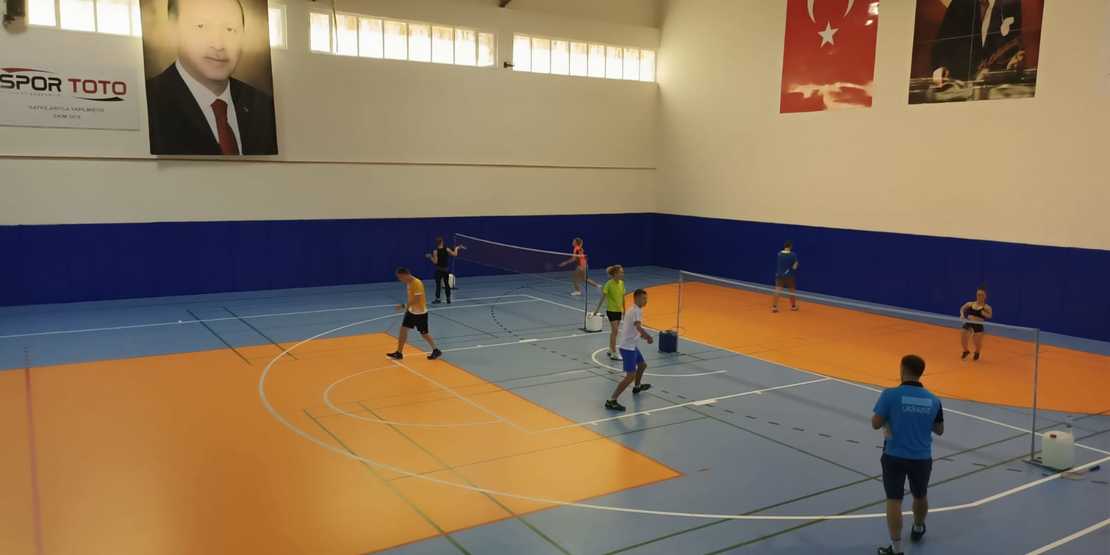Badminton camp for people with disabilities in Antalya

Sport for people with disabilities is more of a rehabilitation or treatment method than a competition. Competition and struggle among sports for people with disabilities is more cultured and serves the real purpose of sports.By somehow providing sports for everyone with disabilities, important steps have been taken to increase interest in active life and integration into society. In order to meet the needs of people with disabilities in sports,the opportunity was provided for people with different types of disabilities to compete with their peers in disabilities.
Badminton for everyone
Since badminton can be played with a small number of people, a partner can be found at any time. The risk of injury is negligible. Even when compared to other racquet sports, this sport does not use expensive equipment. Since badminton has almost all the sports characteristics, it is preferred by the majority. The physical structure of an athlete is not always important in badminton. All athletes with the different physical structure of the body can play badminton. Especially important for the development of children. People of all ages can play badminton. It is also one of the rare sports where a woman and a man can compete together.
For recreation purposes, you can safely play on beaches, parks, and other such open areas. People with physical, hearing, and mental disabilities can practice badminton according to special rules.
People with physical disabilities in competitions are divided into 3 main groups: those who play while sitting in wheelchairs (wheelchair users), those who play while standing, and midgets.
Wheelchair Players
Categories BMW1 and BMW2, which are in this classification, may compete in the same competition. BMW3 is in a different classification. A disabled person from the lower group can compete with an athlete from the higher group, but an athlete from the higher group cannot compete for the lower group.
Standing badminton
In this classification, there are two groups: people with disorders of the musculoskeletal system of the lower extremities and with disorders of the musculoskeletal system of the upper extremities. People with musculoskeletal disorders of the lower extremities were assigned BMSTL1,2 and 3 classes, and those with upper limb disorders - BMSTU4 and 5.
Midgets also belong to the group of people with physiological disabilities. Midgets with a height of 140 cm for men and 135 cm for women belong to the BMDST6 class (2), and if they are less than 120 cm tall, they belong to the BMDST6 class (1).
Badminton net for people with disabilities
For people of classes BMSTL 1, BMSTL 2A, BMSTL 2, BMSTL3a, BMSTL3, BMSTU4, BMSTU5 and midgets of class BMDST6 (2), the posts must have a height of 1.55 meters from the surface of the court.
For wheelchair players in badminton classes BMW2, BMW3 and midgets of class BMDST6 (1), the posts must have a height of 1.40 meters from the surface of the court.
